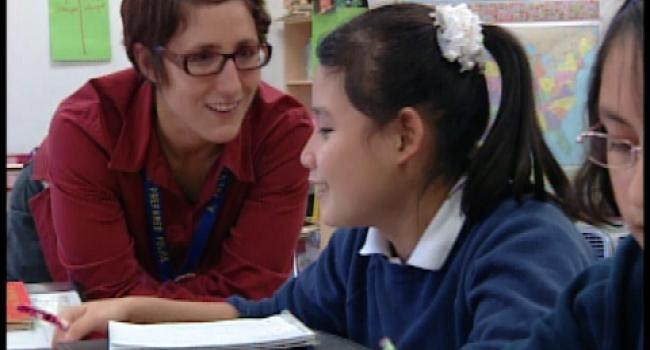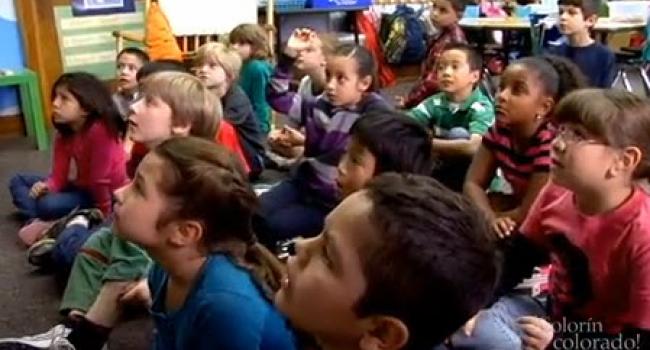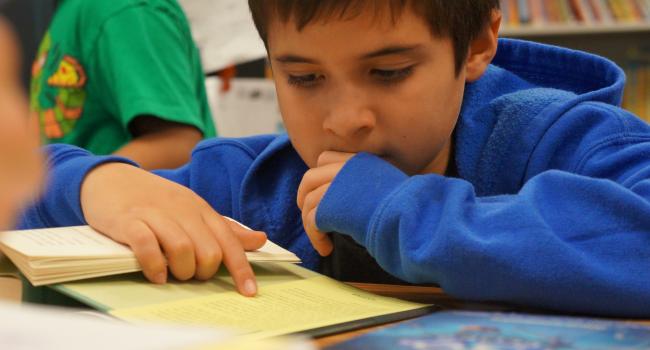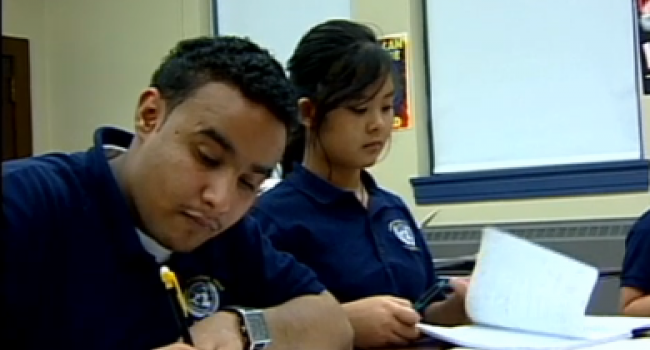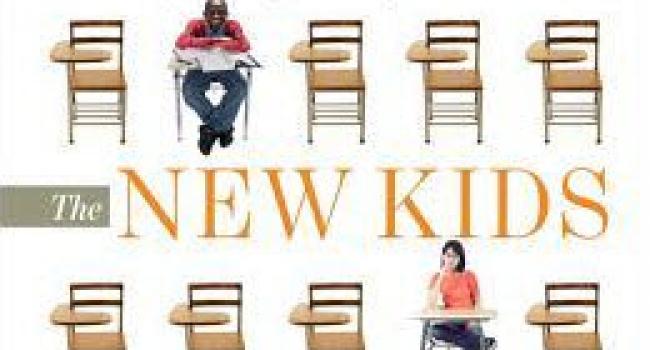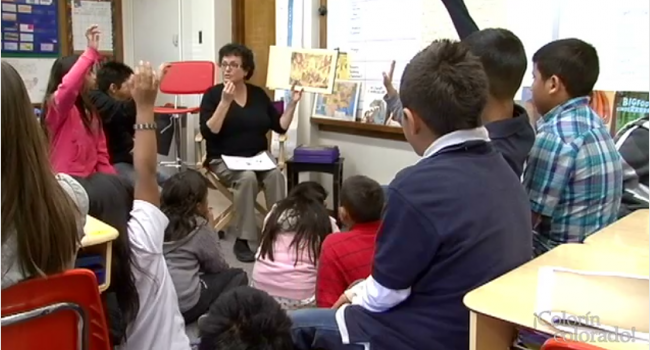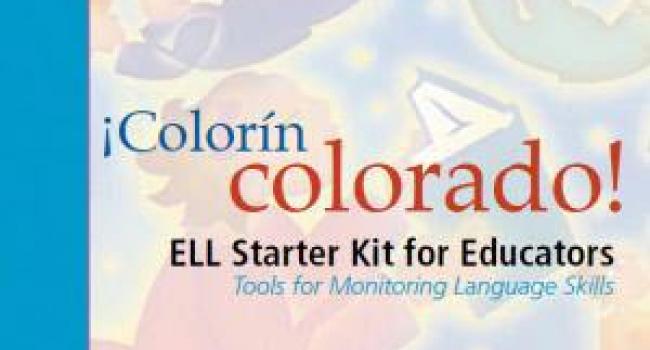Teaching English Language Learners
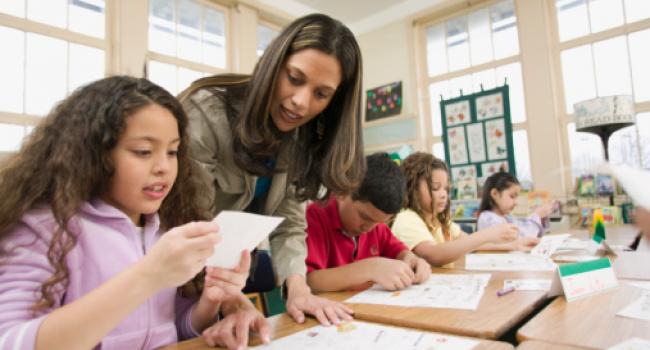
Across the country, teachers and other educators share the exciting but sometimes difficult challenge of teaching English, literacy skills, and academic content to a growing number of English language learners (ELLs).
This is a rich section filled with strategies, ideas, recommendations, resources, videos, and news from the ELL field. Resources are organized by the topics below and additional Resources by Grade are also available in our ELL Basics section.
What You'll Find in This Section
The first year of working with ELLs can be full of challenges. Fortunately, there are a number of resources to help! Colorín Colorado has compiled this list to help new ELL teachers navigate their experiences in the classroom. These resources may also be helpful for veteran teachers who are new to teaching ELLs.
New to Teaching ELLs?
An important first step in helping English language learners succeed is building their confidence and comfort level by making them feel welcome in the classroom and building positive relationships wtih students.
This section provides specific ideas and strategies to support ELLs' language and literacy development, such as tips for planning lessons and the use of language objectives, as well as broader approaches such as using informal assessment and differentiation for varying language levels.
An important key to the helping English language learners (ELLs) — and their classmates — succeed in the classroom is the mastery of academic language and vocabulary. These resources offers tips for identifying the kinds of language and vocabulary words that will be the most useful to teach, as well as numerous strategies and resources.
English Language Learners (ELLs) can have a wide variety of needs in their reading and writing instruction. Some students may read and write fluently in their native language while others will enter the classroom with little or no prior literacy instruction. This resource section covers many topics, including grade-level strategies and ideas for teaching more advanced reading and writing skills such as those required by the Common Core State Standards.
In order for English language learners (ELLs) to become successful students, they need to learn grade-level content as well as the English language skills needed to access that content. The strategies in this section suggest ways in which you can provide your ELLs with additional language support in learning content areas such as math, science, social studies, and language arts.
How can we help English language learners successfully meet the Common Core State Standards? This resource section offers ideas and materials including classroom videos, teacher interviews, and bilingual parent tips.
Special Education and English Language Learners
Learn more about how schools and families can collaborate to ensure that ELLs, including those with special needs, have the appropriate support and services to meet their unique needs.
English language learners' experience with technology can vary greatly from one student to the next. Some kids may have never used a computer. Others may be doing all of the troubleshooting! This resource section provides ideas for using technology with ELLs, activities for using multimedia tools, and bilingual tips for managing media at school and at home.
ESL teachers have a variety of important roles in their schools and districts. Some may be assigned to a specific grade or students, while others travel from building to building each day. Learn more about the unique opportunity that ESL teachers have to collaborate, advocate, and lead their colleagues in the resources below.
In your work with English language learners (ELLs), you may meet students who have unique social, emotional, and academic needs based on their prior experiences. Resources for working with special populations such as refugees, migrants, students with interrupted education, newcomer immigrants, unaccompanied children, and internationally adopted students follow below.




